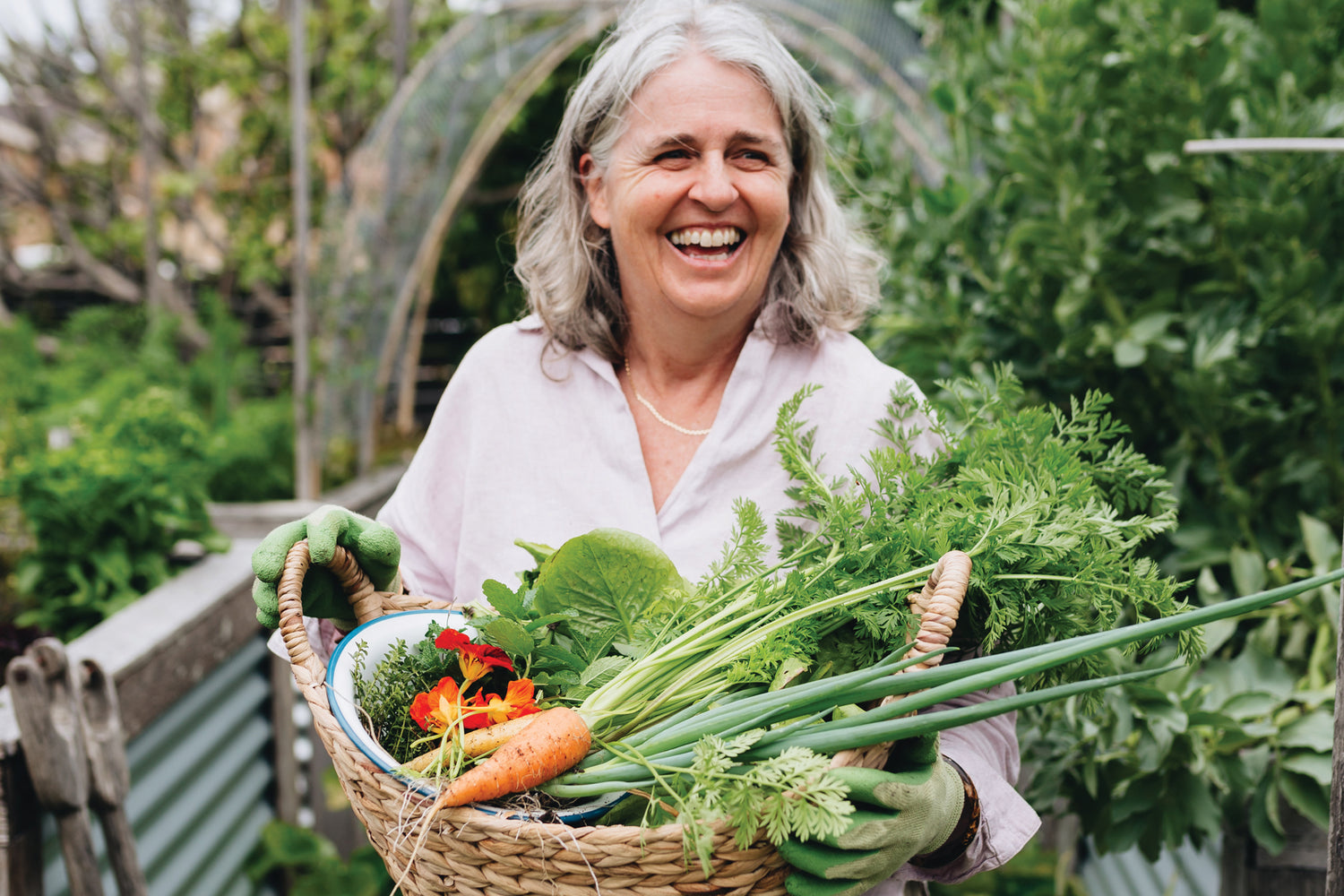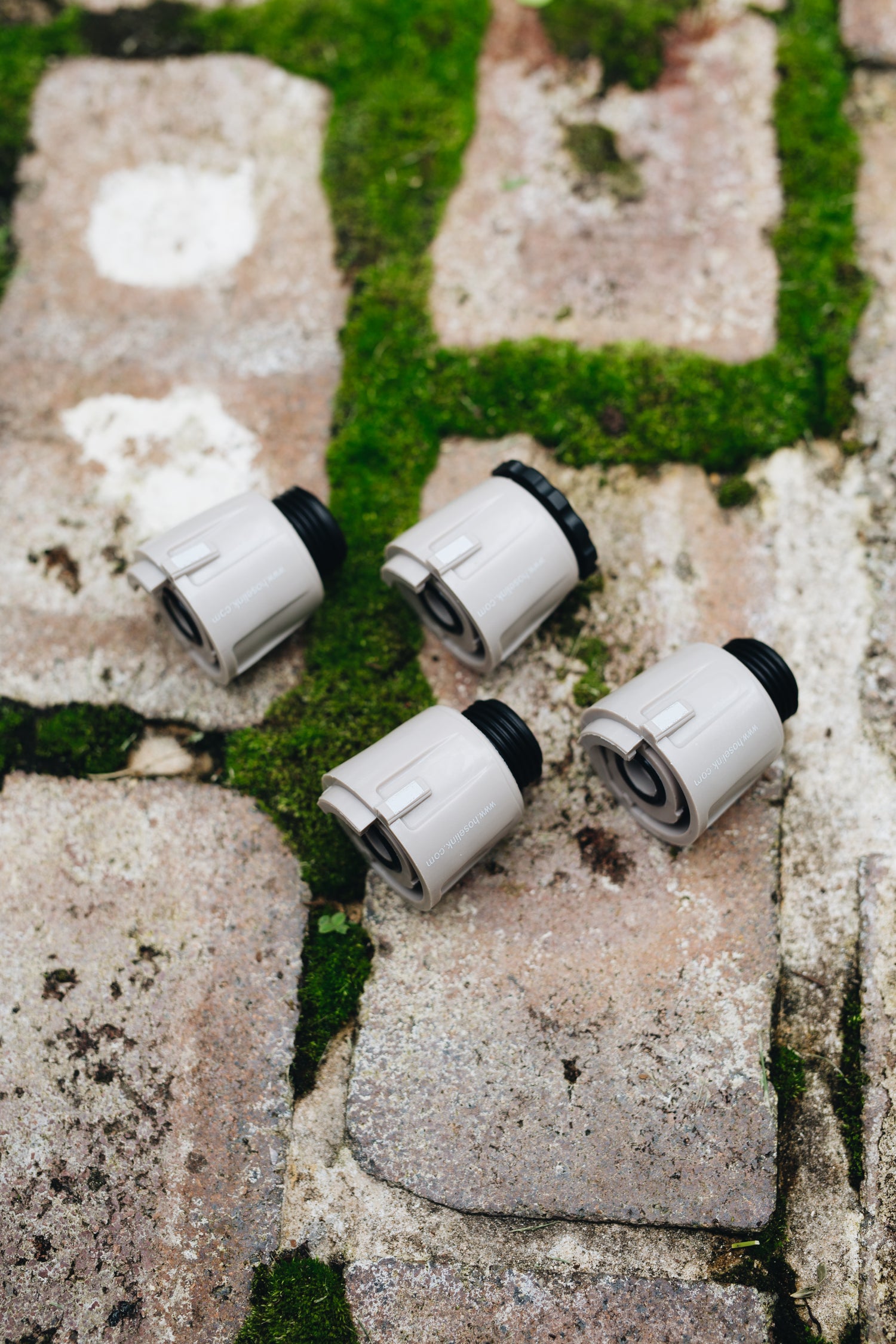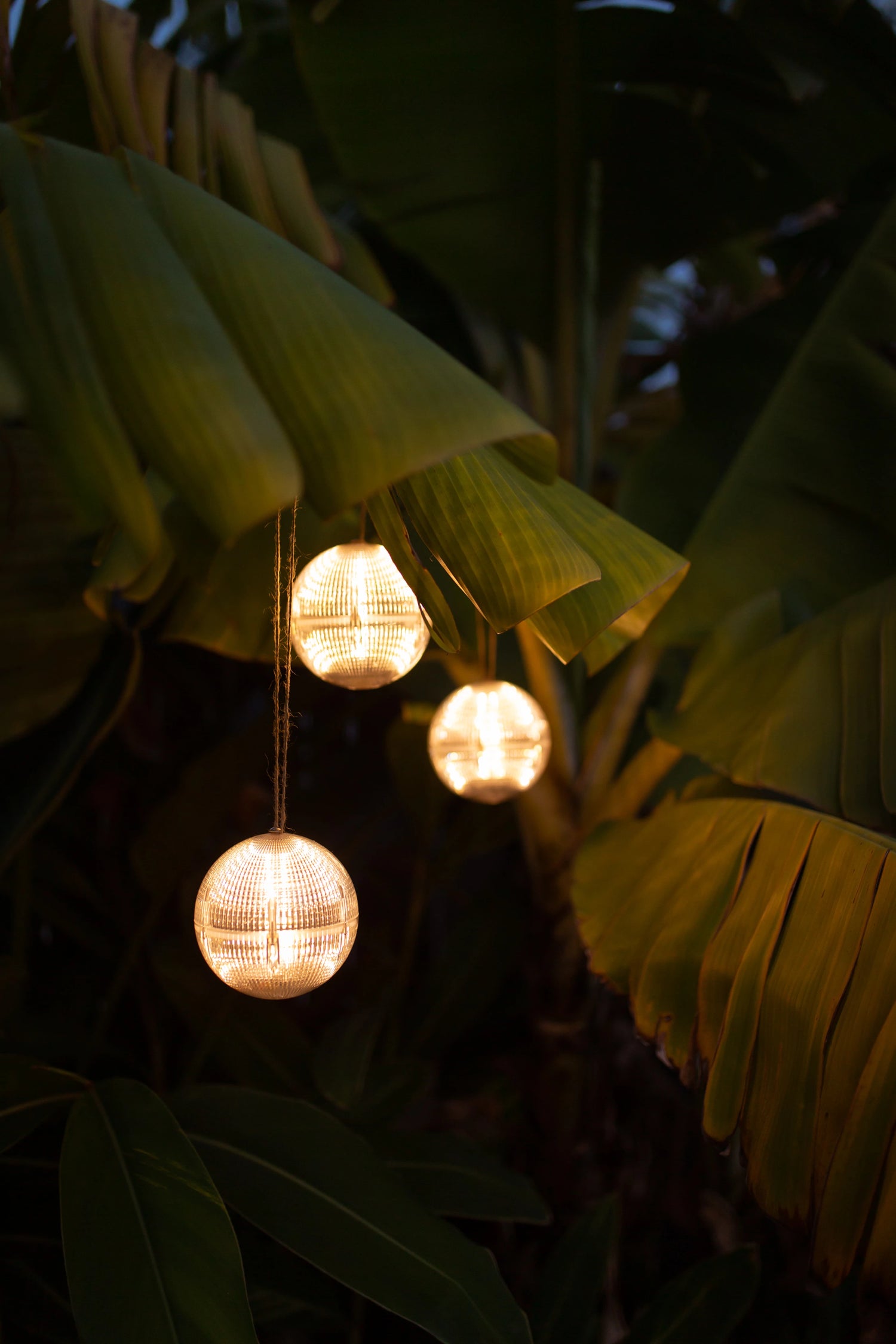What is a Mediterranean garden?
A Mediterranean garden features some quintessential design elements of outdoor spaces found on the beautiful shores of Mediterranean countries throughout Southern Europe. These features include an eclectic mix of rustic accents, vibrant color, fragrant plants, and greater emphasis on shade to provide relief on steamy summer days. Quite simply, Mediterranean gardens are stunning and full of character. To help you bring a touch of the Med to your own backyard, we’ve created a guide with everything you need to know to get started.

Design
Mediterranean gardens are both striking and practical, often with several informal areas filled with all kinds of textures, materials, colors, and outdoor living elements from tiles and stained glass to terracotta pots and patterned cushions. Where a lawn may exist in a regular garden, gravel tends to live in a Mediterranean space. This is mainly to reduce the need for watering, especially in harsh summer months, as gravel offers little to no maintenance. When browsing Pinterest for inspiration, you will notice that there are many different colors and varieties of gravel available too, so you can really get creative.
As Mediterranean gardens are pretty dry and independent from water, a water feature is often added as a focal point for the relief it brings in the summertime. As bonus, water features also attract wildlife such as birds and even bees looking for a drink.
Pebbles, cobbles, and tiles are all part of Mediterranean design. Tiles will typically have earthy tones and a simple pattern to give a mosaic effect. When choosing tiles, you can select those that will make a statement or complement the overarching color scheme you already have. If you want to change your color scheme, keep in mind that Mediterranean hues are predominantly rich, warm tones of sunshine yellow, copper, and orange complemented by turquoise blues and leaf greens.
Another prominent feature in a Mediterranean garden is the addition of overhead shade from pergolas, trees, and archways, often paired with a hanging or climbing plant that forms an idyllic canopy to lie beneath.

Plant Species
Mediterranean planting is usually selected based on the plant’s scent, color, and durability in warm conditions. You’ll most often see a mix of plants in terracotta or ceramic glazed pots alongside elegant rows of shrubs. When deciding which plants will be included in your own garden, you will first need to consider how much sunlight is offered in your space. This is particularly important as many plants found in Mediterranean climates love sunlight and dry conditions. The next most important consideration is the height of your plants and trees. If your plants’ layout isn’t done correctly; your Mediterranean garden will look overcrowded and lack structure. Try to pick a tree species such as an olive tree for a focal point rather than positioning it next to your garden beds and pot plants. Olive trees are great for a small or sizeable Mediterranean garden as they can be planted in the ground or a terracotta container. Herbs, agave, lavender, and citrus plants are also common species. Better yet, a lot of these plant species are edible or can be re-purposed around your home.

Planting
When it comes to preparing your garden for Mediterranean plants, most species prefer well-drained soil. Be sure to prepare your land by digging deep and creating a blank landscape for your new plants. If you have chosen a plant that flourishes in a container, check the conditions it prefers and make sure the container and location is appropriate. If you are concerned about your plants draining properly, then containers or raised garden beds are ideal. To ensure your plants have enough water when planting, soak the plant in a bucket of water until bubbles rise to the surface prior to putting it in the ground or container. If you have chosen to add a tree to your garden, make sure it does not block sunlight from reaching your other plants. As much as fertilizers are a great help at times, Mediterranean plants typically enjoy nutrient-poor soil instead of nutrient-rich. If you wish to avoid weeding, then mulching with pebbles, gravel or bark is the perfect solution.

Pots and containers
In Mediterranean gardens, terracotta pots are the more traditional choice. However, to add more of a modern look, concrete and ceramic containers are becoming increasingly popular. It’s essential to ensure your chosen pots have good drainage, particularly if they hold young plants yet to establish. If your pot doesn’t have any drainage holes, you can easy drill one or two in yourself.
Pots and containers make great complementary décor pieces as well as serving a practical purpose. They can be thrifted or bought from your local hardware store or purchased from the likes of Amazon and Pottery Barn. If you can’t find what you’re looking for, consider buying something that is the right size or shape and then paint it to suit your chosen color scheme.
If you plan to upcycle a terracotta pot, be sure to clean the pot thoroughly and seal it. Sealing is the process of waterproofing your pot plant. The best sealer is water-based and can be purchased via Amazon or from your local hardware store. Be sure to seal your pot plant outside as it has a strong odor, and wear gloves during the entire process to protect your skin. Another tip is to use acrylic paint. Acrylic has a high pigment and therefore delivers a vibrant color without the need for several coats of paint. Use a wide foam or bristle brush if you are going for a one-color design or downsize your brush for a more detailed look. You can get creative with your equipment to make interesting patterns; you can use some very simple techniques to add patterns or additional color such as applying tape or a stencil to the pot. A clear mattifying spray lacquer will help ensure the paint stays on and protect it from the elements.

Maintenance
Your plants will require the highest maintenance when they are first planted and during their first season. During this time, they will require regular watering and fertilizing; however, they will be far more resistant to drought after this time. To best maintain your plants, regularly check the soil and water when you feel it is drying out or the plant is looking a bit dull. Use a pair of Hoselink Secateurs to prune back your lavender, herbs, or citrus plants once they have finished blooming. This will help to keep your plants looking healthy.
USDA Hardiness
The best USDA Hardiness Zones for Mediterranean gardens are zones 8-11. This is due to the warmth and sun that the plant life thrives in. This doesn’t necessarily mean that cooler climates cannot adapt a Mediterranean theme to their garden. To achieve this beautiful European look in cooler areas, simply select plants better suited to the climate. You can still introduce many of the other elements, from rustic furniture to colorful tiles, to create a vacation spot in your own backyard.











